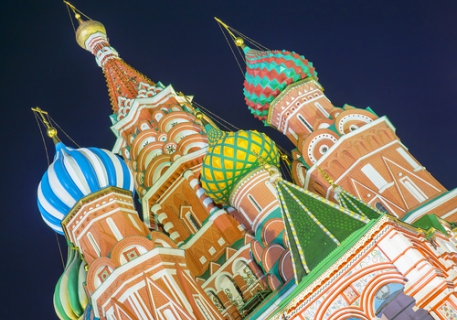
To offset the effect of the sinking ruble, Russian consumers have been buying — and business is good.
In the midst of the the country’s worst currency crisis since 1998, retail sales have surged the most in more than two years as a result of accelerated purchases.
In a statement Wednesday (Jan. 28), the Federal Statistics Service said that December sales in Russia jumped 5.3 percent from a year earlier, quicker than November’s 1.8-percent advance. The median forecast of 14 economists surveyed by Bloomberg was for a 2.8-percent increase. Wages adjusted for inflation fell 4.7 percent.
“We can see the panic that occurred in December,” said Dmitry Polevoy, an economist at ING Groep in Moscow. Polevoy warned that first-quarter retail sales may contract, while “inflation will accelerate further and salary growth will continue to slow in the public and private sector.”
Russia, the world’s largest energy exporter, is on the verge of a recession. Oil prices are near their lowest since 2009, an issue that is compounding the impact of U.S. and European sanctions over Ukraine. The national currency fell to a record low in December, motivating the fastest inflation since 2009 and eroding purchasing power.
The ruble has lost more than 10 percent against the dollar this year, the third-worst performance — behind the Moldovan leu and the Belarusian ruble — among more than 170 currencies tracked by Bloomberg. It depreciated 46 percent in 2014.
Economy Minister Alexei Ulyukayev said Wednesday that consumer demand may decline by between 7 percent and 9 percent in 2015, while investment may tumble more than 10 percent.